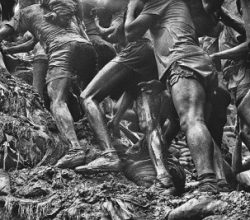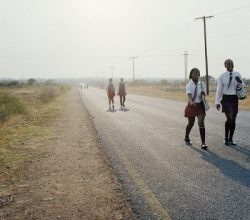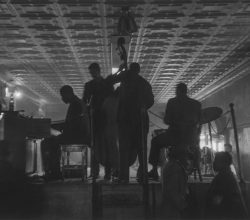
Sebastião Salgado: Gold
Neil Burgess | British Journal of Photography | 3rd September 2019
Salgado’s images of a gold mine in the Amazon were instantly famous. The mine had been photographed before, so why were his images special? His then editor thinks the absence of colour helped to highlight an “ideal” version of the male body. Mostly, though, he ascribes it to Salgado’s patience in seeking out images that spoke to his chosen narrative- “the idea of labour, its dignity and its degradation.”


